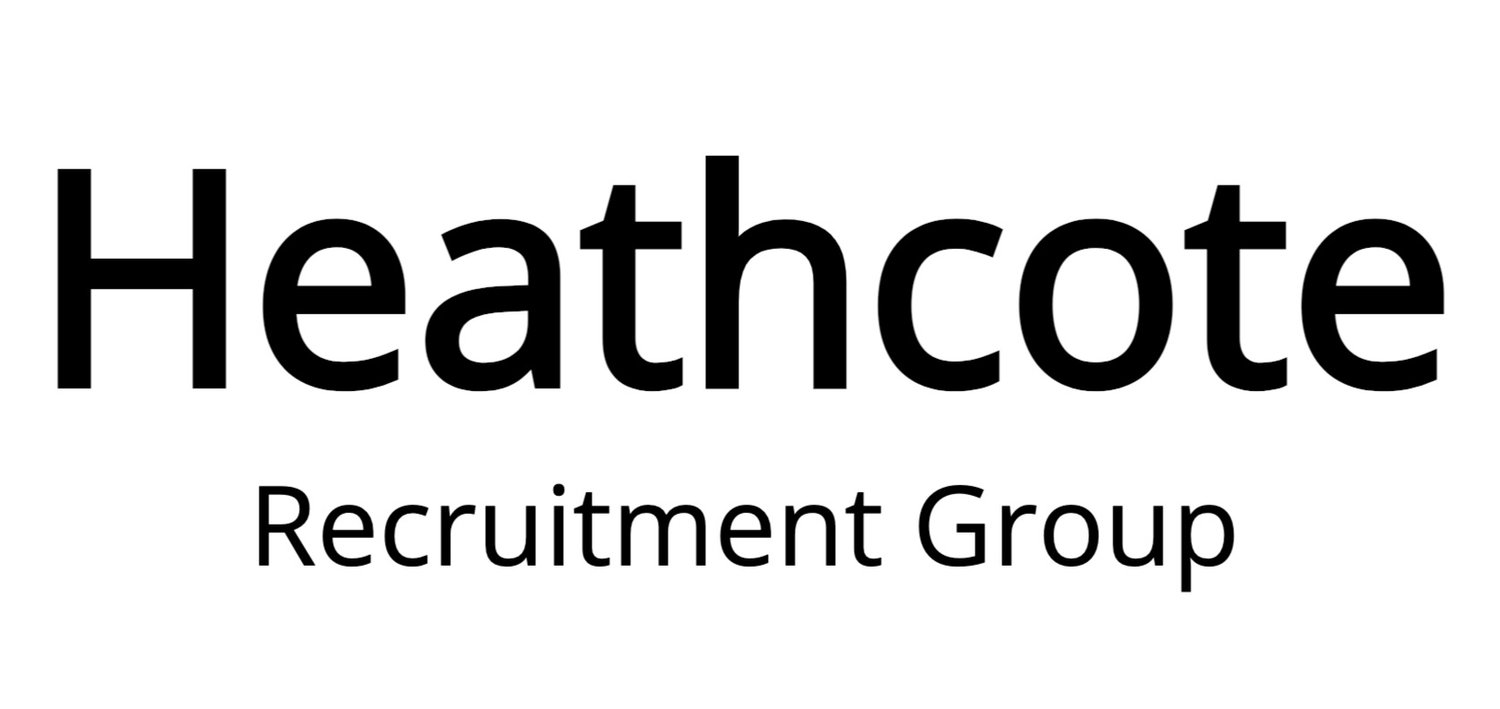Being a great leader is more than just having a high-ranking title and having some team management authority.
Even if you have the ability to delegate, if you're an ineffective leader, you won't be able to guide and motivate your staff to accomplish their goals.
Common scenarios of poor leaders can include:
- No one on your team has criticized one of your ideas in the past month.
- You spend more time planning your own career progression than planning that of your team members.
- You haven't had at least three completely non-work related conversations with a team member weekly.
- Different team members would provide different answers if asked your top three priorities for the year.
- Team members are afraid to fail.
So, if you aspire to be the best leader you can be, here are 7 ways to consider making improvements:
1. Communicate
Leading a group of people requires a mutual sense of trust and understanding between the leader and the team members. This means that you’ll have to build your team’s trust and they’ll have to learn to trust you.
There’s no wrong or right way of doing this, but the best leaders communicate often and are transparent in their thinking. They’ll also take the time to figure out which communication mode is preferred by each team member and are authentically interested in any feedback received.
2. Know your team
Once you've mastered the art of communicating and connecting with your team members, you can really get to know them — who they are, what they're interested in and what their talents are.
You can know your mission and vision, but it is equally, if not more, important to know your people. If you care about and take care of your people, they will take care of your customers, and ultimately, you will accomplish your mission.
3. Encourage creativity
If you want your staff to do their best work, you need to give them the freedom to brainstorm and explore. Be open to your team's ideas and suggestions, and be ready to consider them and possibly develop them further.
A good leader also gives the team new challenges, preventing them from becoming bored and complacent while showing confidence in their potential.
4. Focus on the positives
As much as leaders wish that their team's day-to-day operations could run smoothly all the time, they're bound to run into the occasional obstacle. Whether it's a minor miscommunication or a major error, the way a leader handles a negative situation says a lot about his or her leadership skills.
5. Show, don't tell
An effective leader knows how to show others what is required, rather than simply telling them. Leaders should coach their team members toward a more collaborative, committed work environment — without coaxing them.
If you’re controlling people to do certain things in certain ways, you're not going to get the level of engagement that you're looking. Coaching is about helping the people you lead recognize the choices they have in front of them.
6. Be direct
Direct, honest feedback — even if it's criticism — is often the best way to guide your team in the right direction. You also need to know exactly where your business is headed, so you can give them the right advice.
If you're not direct, people won't know what you truly think about them and their work, and they will never be able to improve. Always share constructive feedback about anything that the team or each team player does. Positive feedback is as important as negative, and a good leader strives for balance.
7. Ask for feedback
Your team members aren't the only ones who can benefit from honest feedback. A true self-assessment of your own leadership can be difficult, so mentors, fellow professionals and even your own staff are invaluable in evaluating your effectiveness. Talking to friends and peers often brings needed perspective on your leadership approach and style. Leadership coaching can also help you discover areas that need improvement.






